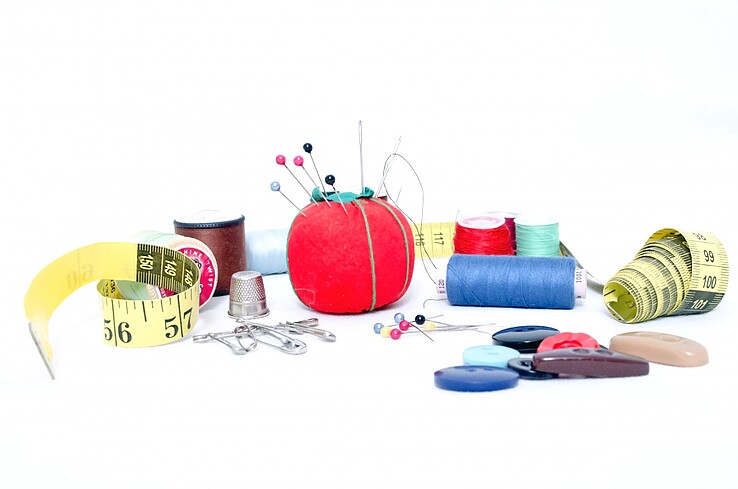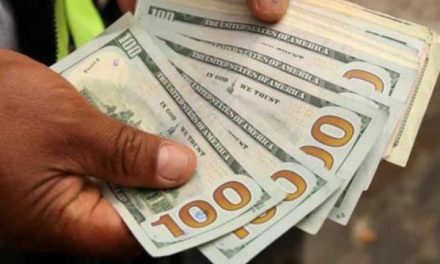The sewing business wields promising prospects in Zimbabwe. There is always a growing demand for products of sewing. That is why today you will learn some sewing business ideas for Zimbabwe. Sewing focuses can be chosen by material type, application, and market segment. This will be apparent as you review the sewing business ideas in this article. In the sewing business, you should target and can attain or exceed average profit margins of 80 percent.
Bespoke Sewing
This refers to custom-made sewing or tailoring. You can start a sewing business where you sew items based on specific orders. This can span from individual single-item orders to bulk orders. Bear in mind that this can expand beyond just clothing. For instance, you can sew work on curtains, bedding, etc. Generally, bespoke work tends to be more lucrative. This is because you can manage costs effectively and charge premium prices. The transacting public usually appreciates or understands why bespoke sewing can be priced higher. Thus you stand to realize bigger prospects than generic sewing.
Off The Shelf Sewn Items
This one refers to the generic sewing approach. This is where you sew items in considerable numbers and sell them. Given insights from your market research, what you sew will be up to your discretion. For example, you can major in sewing formal, casual, nightwear, etc. The importance of market research here is centre stage. If you assume or guess, you can get stuck with items not being bought. It may be prudent to produce small quantities at a time systematically. That way, you can produce more if the market response proves viable.
Branded Wear Sewing
This is a sewing business where you target clients that normally require branded wear. These can be corporate clients, e.g. businesses, companies, organizations, etc. It can be academic clients, e.g. schools, colleges, etc. You could also target sporting and or entertainment clients. Just from those examples, you can see the niching approaches are infinite. Suppose you score an academic client – a high school, for instance.
You could end up sewing their official uniforms and sportswear. Imagine the number of units you would have to produce. This is especially if the enrolment in question is substantial. The prospects in that will be colossal. It is also worth noting that you can end up on a retainer basis with branded wear. In some cases, e.g., schools, there will always be spikes in seasonal demand, e.g., when intakes occur. You can build this business to heights where you have several clients.
Specializing In Fabric
This specialization can be done in two broad ways. You can either make the actual fabric yourself or source finished fabric and sell it. Undoubtedly, fabric is usually an integral part of the sewing process. There are many different types of fabric used in sewing. The qualities also differ and the sizes as well. The easiest, of course, is to source and sell fabric used in sewing. This is also a business area that heavily relies on thorough market research. You ideally want to be pushing the kind of fabric that is most sought after.
Supplies Retail
There is a long list of supplies used in sewing. This ranges from sewing machines and accessories to other important supplies of various sizes. Examples are thread, needles, zippers, pins, clips, cutting tools, etc. There is also room here to choose to make or to source and sell. The easiest is to source and sell. Ensuring high quality and consistent availability of stocks are crucial things that propel this sewing business idea.
Alterations And Mending
Usually, this may not necessarily be a standalone business focus. However, if you can get and sustain perpetual customer inflows, so be it. Nothing can stop you from making this your sole sewing business focus. Normally those already engaged in some form of sewing business add alterations and mending as a side thing. It may seem too basic or insignificant, but there is considerable demand for sewing alterations and mending services. There is no shortage of sewn items that need adjustment, e.g., size or design. The same applies to sewn items that are damaged somehow and need to be mended.
Teaching Or Training Services
This is the last mention here but not necessarily the least. Countless people are looking to be taught or trained to attain sewing skills. This need creates the importance of providing sewing training or teaching services. Sewing courses can be developed in many ways. At the most basic, they can start as just basic sewing courses lasting, e.g. a week or a couple of weeks. You can choose to train or teach online, physically, or using a hybrid approach. You could even create educational sewing content and monetize it on social media. The possibilities here are endless, and lots of money can be made.
These are the sewing business ideas you can consider for Zimbabwe. The great thing about the sewing business is that you can start small and gradually scale. The sewing business also allows you to be flexible and pivot anytime if needed. Plus, there is vast room for diversification in the sewing business. Retail clothes generate average profit margins ranging between 4 percent and 13 percent. That should tell you something. Profit margins are typically higher when you make (i.e. sew) the items you sell. All the best!








